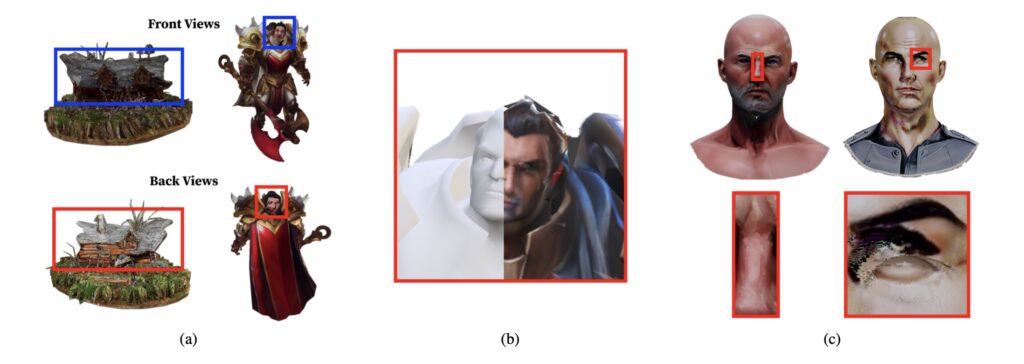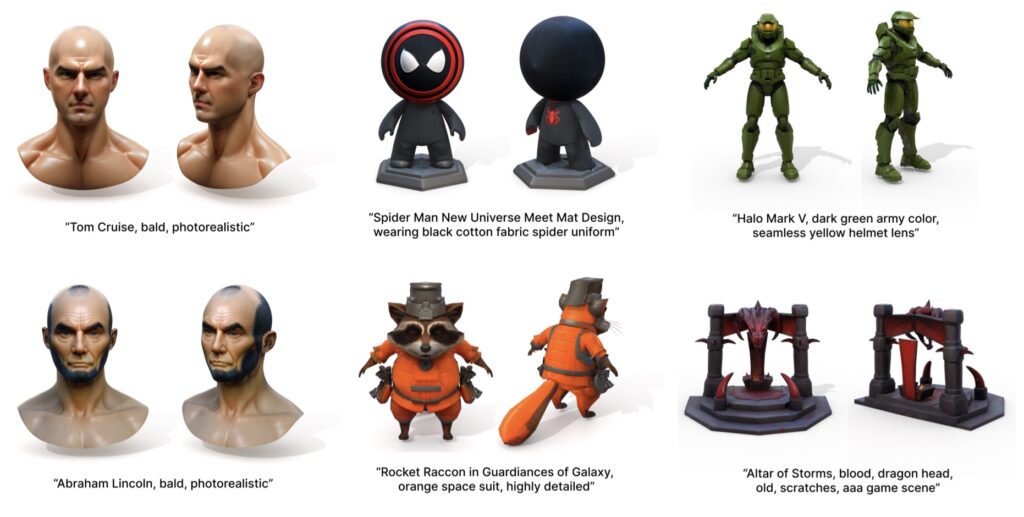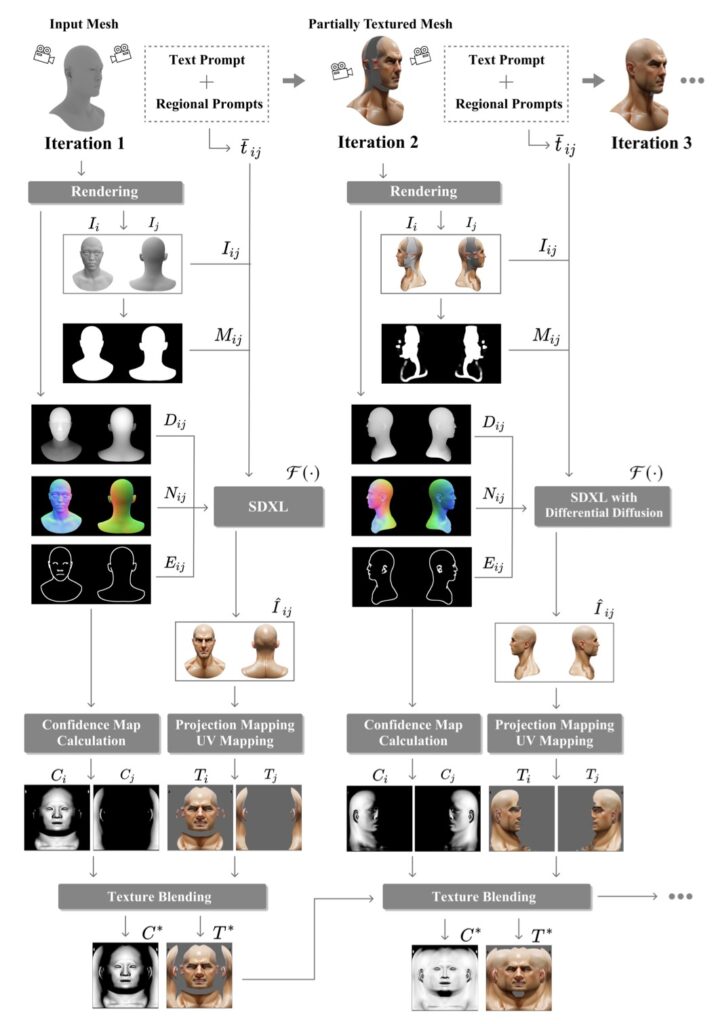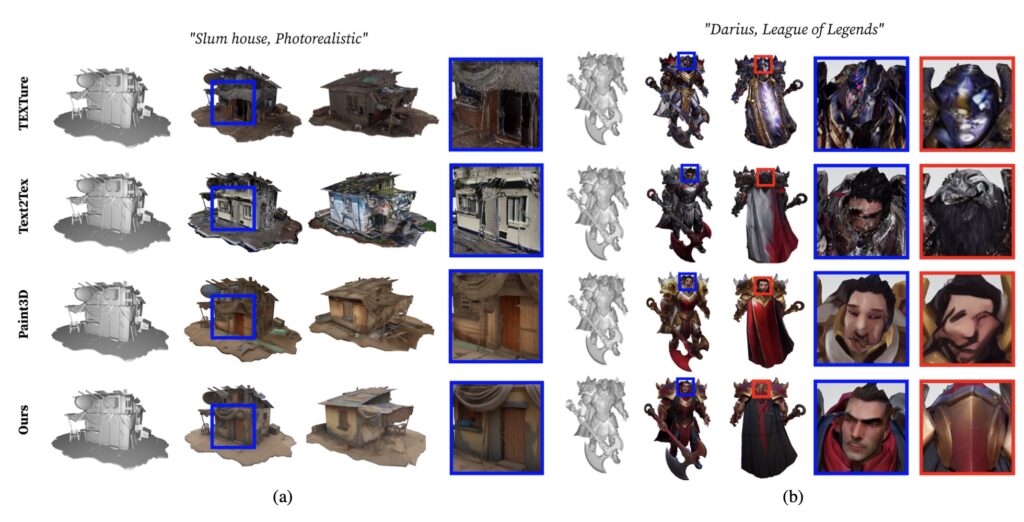A New Approach to Seamless and Consistent Textures for 3D Meshes
- Enhanced Consistency and Seamlessness: RoCoTex addresses common challenges in texture generation, such as view inconsistencies and visible seams, by leveraging state-of-the-art diffusion models.
- Innovative Techniques: The method employs a combination of symmetrical view synthesis, regional prompts, and advanced texture blending techniques to ensure high-quality outputs.
- Experimental Validation: Extensive tests show that RoCoTex outperforms existing methods in generating textures, marking a significant advancement in the field of text-to-texture generation.
In recent years, text-to-texture generation has gained momentum, yet many existing methods struggle with issues like view inconsistencies and seams that disrupt the visual quality of generated textures. Enter RoCoTex, a groundbreaking approach that aims to solve these challenges by creating seamless, well-aligned textures specifically designed for 3D meshes. By leveraging cutting-edge 2D diffusion models, including SDXL and multiple ControlNets, RoCoTex captures the intricate details and structural features essential for high-quality texture synthesis.

One of the standout features of RoCoTex is its use of a symmetrical view synthesis strategy combined with regional prompts. This innovative approach enhances view consistency, ensuring that textures maintain their visual integrity from multiple angles. The integration of these techniques helps to reduce the common pitfalls of texture generation, such as misalignment and the presence of seams, making RoCoTex a powerful tool for artists and developers alike.

Furthermore, RoCoTex incorporates advanced techniques like differential diffusion-based soft inpainting and confidence-based texture blending. These methods work in tandem to minimize seam regions and enhance the overall appearance of generated textures. By focusing on seamless integration, RoCoTex elevates the standard for texture generation, allowing for more realistic and visually appealing results in 3D modeling and design.

Extensive experiments conducted by the research team reveal that RoCoTex significantly outperforms existing state-of-the-art methods in texture quality and consistency. The results indicate that users can achieve higher fidelity textures that better align with their 3D models, ultimately improving the end-user experience in various applications, from video games to virtual reality.

While RoCoTex marks a significant step forward in texture synthesis, the research acknowledges some limitations. The current implementation struggles with occlusion issues—where certain angles fail to capture the required detail due to the iterative nature of texture synthesis. Although using multiple views can help mitigate this problem, it often comes at the expense of processing speed. Additionally, the model does not fully address lighting variations, which can impact the final appearance of the textures. The research team plans to tackle these challenges in future work, ensuring that RoCoTex continues to evolve and improve.

RoCoTex represents a revolutionary approach to texture synthesis in the realm of 3D modeling. By addressing the common challenges faced in traditional methods and integrating advanced techniques from the latest diffusion models, RoCoTex sets a new standard for quality and consistency in texture generation. As the field continues to progress, RoCoTex is poised to become an essential tool for creators seeking to enhance the visual fidelity of their digital assets, paving the way for a new era of immersive experiences in art, gaming, and beyond.

